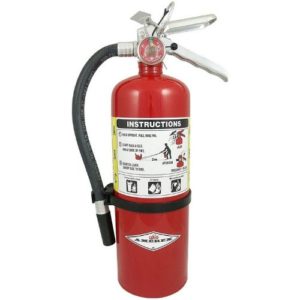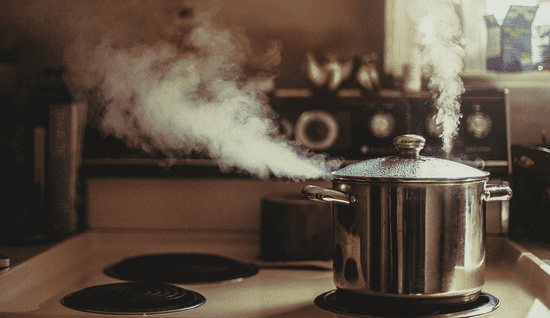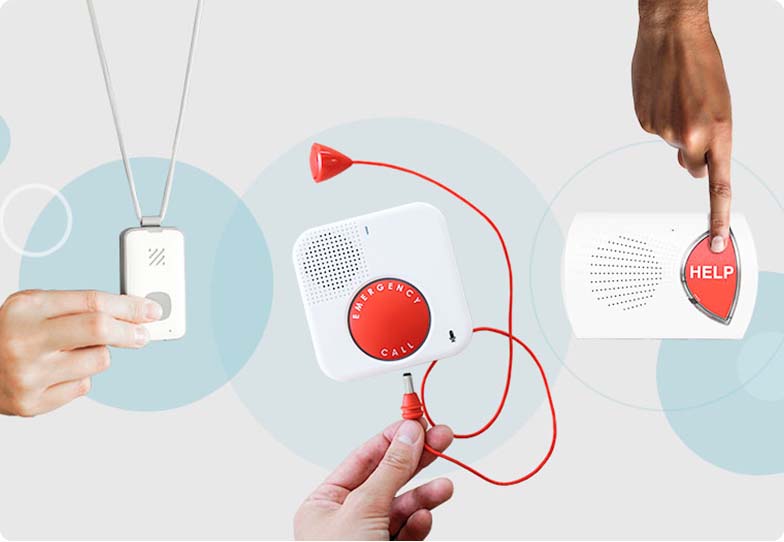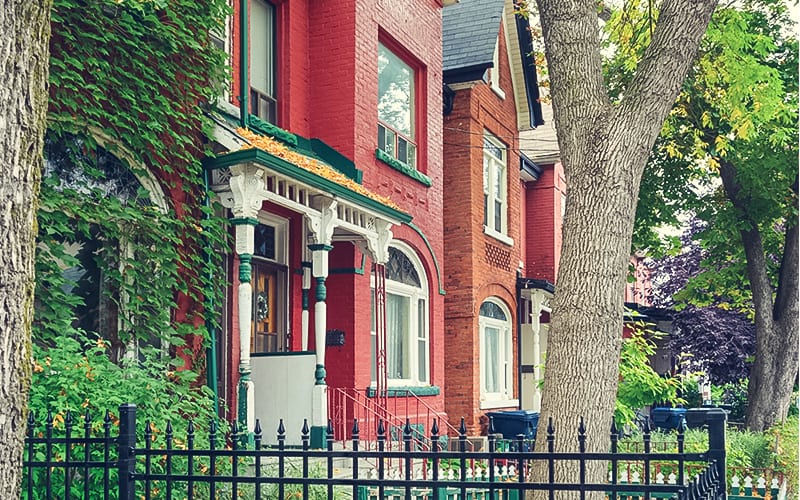The kitchen is the heart of your home, but it can also be surprisingly dangerous. Consider that a kitchen is equipped with sharp knives, hot exposed surfaces, pots of boiling water and pans of sizzling grease; it’s no wonder that every year thousands of Americans are seriously injured in the kitchen.
Whether you’re a budding Martha Stewart or a veteran chef, our kitchen safety tips will give you food for thought that could help you avoid becoming a kitchen injury statistic.






